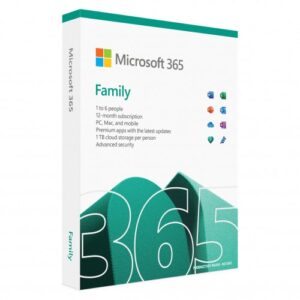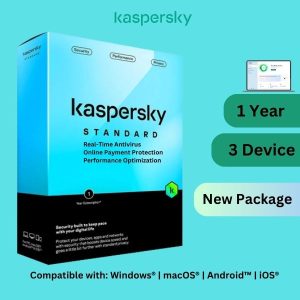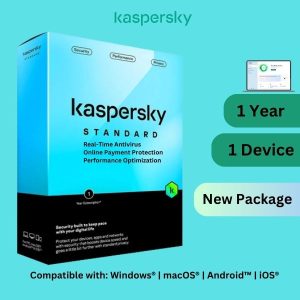JamFIeld | SEO, Web Development & Digital Marketing Agency

Search Engine Optimization | SEO
SEO is about bringing customers through your doors.
SEO increases the visibility of your business by driving your website to the top of listings. If you have a local business, you need the traffic to your site through specifically targeted rankings that will launch your company to reach the target customer in your market.
ZOOM
Zoom Pro
Host up to 100 participants
Unlimited meetings for up to 30 hours per meeting
5 GB of cloud recording storage (per license)
Automated Captions
Whiteboard
3 editable boards
Team Chat
NEW AI Companion
Automate key tasks across the Zoom platform with an AI assistant
Essential Apps
Free premium apps for 1 year
Zoom Business Meeting 300 Participant
Zoom Small Businesses

Total e-Commerce Solution
Getting online is easy. Succeeding online is a different story. You’ll need more than just a beautiful website to stand out these days. Online marketing solutions. Conversion-based web design coupled with a lead generating marketing plan, your online success is inevitable.
BLOG
17
Mar
Software
Microsoft 365 Family License 6 User 1 Year
Get the Microsoft 365 Family plan for up to six users with a one-year subscription. Enjoy powerful productivity apps, including Word, Excel, PowerPoint, Outlook, and Microsoft Teams. Benefit from up to 6 TB of OneDrive cloud storage, advanced security features, and the ClipChamp video editor. All this for ৳9,500.00/year. Enhance collaboration and productivity for your family!
Microsoft 365 Family
Microsoft Word
Microsoft Excel
Microsoft PowerPoint
Microsoft 365 personal
Zoom Pro
Host up to 100 participants
Unlimited meetings for up to 30 hours per meeting
5 GB of cloud recording storage (per license)
Automated Captions
Whiteboard
3 editable boards
Team Chat
NEW AI Companion
Automate key tasks across the Zoom platform with an AI assistant
Essential Apps
Free premium apps for 1 year
EaseUS PDF Editor Lifetime License
Zoho Mail Lite 10GB
Kaspersky Standard 3 User
Typing Master
NordVPN
Kaspersky Standard
Learn
15
Apr
Why Zooming and Scaling Matter on Your Website
Ensuring Accessibility for All: Why Zooming and Scaling Matter on Your Website
In today's digital world, websites play a vital role in...
04
Apr
10 Unique Ways to Use Advanced Search Operators
Advanced search operators are powerful tools that allow you to refine your search queries and find exactly what you’re looking for. In ...
03
Apr
What are the key elements to include in an SEO audit checklist?
An SEO audit checklist is essential for evaluating your website’s overall health and identifying areas for improvement. Below, I’ve com...
03
Apr
Python – Global Variables
In Python, global variables are variables that are defined outside of any function or class. These variables can be accessed and modifi...
31
Mar
Understanding SEO Cannibalization: How It Impacts Your Website
What is SEO Cannibalization?
SEO cannibalization refers to a situation where multiple pages on a website target the same keyword or to...
28
Mar
Python Install
How to Install Python: A Step-by-Step Guide
Python is a versatile and powerful programming language that’s great for beginners and exp...





















